Understand Chinese Dance with Xiao Jing | An Introduction
Hi everyone! Welcome to Free Movement YouTube channel.
Sandra: Thank you so much for spending time today and we just want to introduce to you who we have here. So today we have Xiao Jing! And we also have Bryan.
Xiao Jing teaches Chinese Dance and Bryan teaches Locking at the Free Movement Studio. But today, our main focus is going to be on Xiao Jing.
We do already have an interview with Bryan so if you haven't catch that, we'll link it down below.
Today, we want to know more about Chinese Dance. That's something that I personally really love, how about you, Bryan?
Bryan: Hmm, honestly, I've heard about it, but I've not been exposed too much (to it) and I'll find out more.
Sandra:Alright, yeah. Xiao Jing, I think a lot of people, really genuinely have a lot of reservations, or they are not so sure about Chinese Dance. But honestly, I think Chinese Dance has evolved over the years. So, maybe you can start by sharing with us a little bit more about your background.
Xiao Jing: Since I was young, I started learning dance in China. I started learning Chinese Dance at the age of 10 all the way until I was 22 years old. A total of 12 years. I trained professionally at the dance school from morning until night time.
Sandra: Hey Bryan, you had a question just now right? One of the reasons why we had Xiao Jing, Bryan and myself is because I think all of us come from different backgrounds. I'm more interested to know, Bryan...
Bryan: Yes!
Sandra: What questions do you think you have for Chinese Dance, given that your training is completely different?
Bryan: Okay, something that really came to my mind is- you know there is this TV show that's going on- "这!就是街舞" "Street Dance of China"
Sandra: We'll link it down here too.
Bryan: It's on YouKu. But it's such an amazing show and yes, there are some elements of Chinese Dance here and there, but as a street dancer, I feel that maybe it's not something that my age group will want to learn. So why would someone of my age, like 20 something, -only- want to come and learn Chinese Dance? Why would I find it cool or fun?
Xiao Jing: I personally find that Chinese Dance is very cool type of dance. Because, I feel everyone likes different genres. Some people might be more inclined towards modern dance, or modern art forms, whereas some might relate more with traditional dance forms. This is a kind of feeling. It is like when you see something, you get the feeling that you have seen it before, like a - DEJAVU - When you see something, you might feel very relatable to that certain era, or naturally attracted to that era's traditions, culture, costumes, music, etc.
Sandra: When it comes to Chinese Dance, I realise that a lot of Chinese Dancers
have a lot of facial expressions. But when it comes to other forms of dance, it is usually not as expressive. Although street style nowadays is more like the
-HA-HOO-HA-HEE-HA- But Chinese Dance is more gentle in their expressions.
Xiao Jing: Yes, I would like to explain why. Because in Chinese Dance, we are re-enacting history. In history, it's all about a certain character or a particular story. So we are actually playing out the historic character. For example, if I'm acting as Hua Mulan, my expression won't be gentle, it will be more heroic or masculine. I have facial expressions because I'm acting as a character, otherwise, I'm unable to play out the character or tell the story convincingly. This is what makes Chinese Dance wonderful because when you learn a dance move or technique, there is a story behind it. When you are playing a character, you are able to travel back into that era, become the character, and your dance move will represent the sentiments of that character during that period of time.
Sandra: I never thought about it that way actually. WOAH!! MIND BLOWN!!
When you are teaching Chinese Dance here at Free Movement Studio, are you teaching basic techniques? Or are you going into different styles?
Xiao Jing: Actually, I feel that one should learn and understand different styles. Of course, basic techniques are very important too. But at the same time, learning about the different styles such as,- classical dance, folk dance, tibetan dance, mongolian dance, or even sleeve dance, - trying out these various styles will be beneficial.
Sandra: So Bryan, do you want to try 水袖 (sleeve)? Do you know what is 水袖?
Bryan: I don't know!
Sandra: You don't know what is 水袖!
Bryan: I assume it's like some sleeve-like dance.
Xiao Jing: It is indeed a sleeve. It is a piece of cloth. However, according to my teacher's teachings, it is not just a piece of cloth, it is an extension of my arm. It means that although it looks like a piece of cloth, when I'm dancing with it, it follows my feeling, my breathing, my strength and technique, to become alive.
Sandra: Do you know that in the Free Movement Studio, where we're filming here by the way, actually all of our lights here are lifted higher due to our high ceiling, so that we can dance with props! We can play with props like 水袖 (sleeve dance).
Xiao Jing: And also 长绸 (long silk).
Sandra: 长绸 is like...
Xiao Jing: An even longer piece of cloth (or silk).
Bryan: So I think something that is really interesting now is, now that everyone is here, and they got to know you, Xiao Jing, what can people look forward to in this series of online classes that you are conducting?
Xiao Jing: I'm not expecting my students to reach a certain level in a short period of time. Rather, I think it should be a step by step process to learn the basic foundation. Afterwards, it will naturally progress to learning the more difficult techniques, and progress onwards to a dance which will eventually lead to a personal achievement for the individual.
Sandra: So I think all of the one-to-one classes, Xiao Jing would also love to just explore Chinese Dance with you. To see what are the different things we can look at but still just starting from the basics. So you don't have to have any dance background. And in fact, Xiao Jing's Chinese Dance class and Bryan's Locking class, are all catered more towards introductory basics, So anyone with no dance experience, never dance before, or just want to try something completely new,
would benefit from it through their experience.
When it comes to Chinese Dance, is there a particular body type we must have? Or do you have to be super flexible to start on Chinese Dance? Do you need to have a very good back? Or must your fingers be able to bend in a certain way? Can anyone dance Chinese Dance? Or do you have to have a certain body type?
Xiao Jing: Okay, I'm always afraid that someone will ask, "Do we have to do splits?" "Do we have to be very flexible?" Well, I've been through very tough training during my childhood days, but I do not expect others to go through the same training as I. Because I feel that flexibility is not the most important factor. I feel that you can improve every day to reach a certain level that you are satisfied with. But the most important is to dance, not flexibility. Flexibility can be trained. What's more important is to learn how to dance with your heart and feelings. I believe that everyone should love themselves. No matter what body type you have, as long as you are able to express yourself, that is sufficient.
Sandra: If you wish to know more about Xiao Jing or wish to have a one-to-one session with her, click on the link below to find out more about her class and what she can do to work with you while you are at home. Because we know that everyone at this period of time is stuck at home but just find a small space and you can try out Chinese Dance with Xiao Jing.
Xiao Jing: We can start from very simple techniques, for example, not everyone will know how to master the formation of our fingers in Chinese Dance.
Are you able to open up your fingers at the middle joint?
Okay, great.
Next, can you lift your fingers off the base joint?
Good!
How far can your fingers bend when u press them together?
Okay, now try to see if you are able to bring your thumb in towards the palm?
Bring your hands together with your fingers pointing upwards.
Bring your middle finger forward slightly.
This is how you achieve your 兰花指 (orchid fingers).
Sandra: Definitely join us for classes after the whole lockdown period here in Singapore. But of course, if you want to have more one-on-one time online with Xiao Jing, check out the link below. And if you found this video useful, remember to like, subscribe, and turn on the notification bell. If you do have any comments or questions, leave it down below. And we will ask Xiao Jing to answer that for us. Or you can also facebook message us, Insta message us, WhatsApp us, Insta message them if you want, and of course, more than anything else, we are just here to share our love for dance.
So we do hope that everyone keep safe during this time,
and we will see you soon! Take care!
Online Classes
Xiao Jing Chinese Dance class: http://bitly.ws/8K2Y
Bryan Kang Locking class: http://bitly.ws/8Fpo






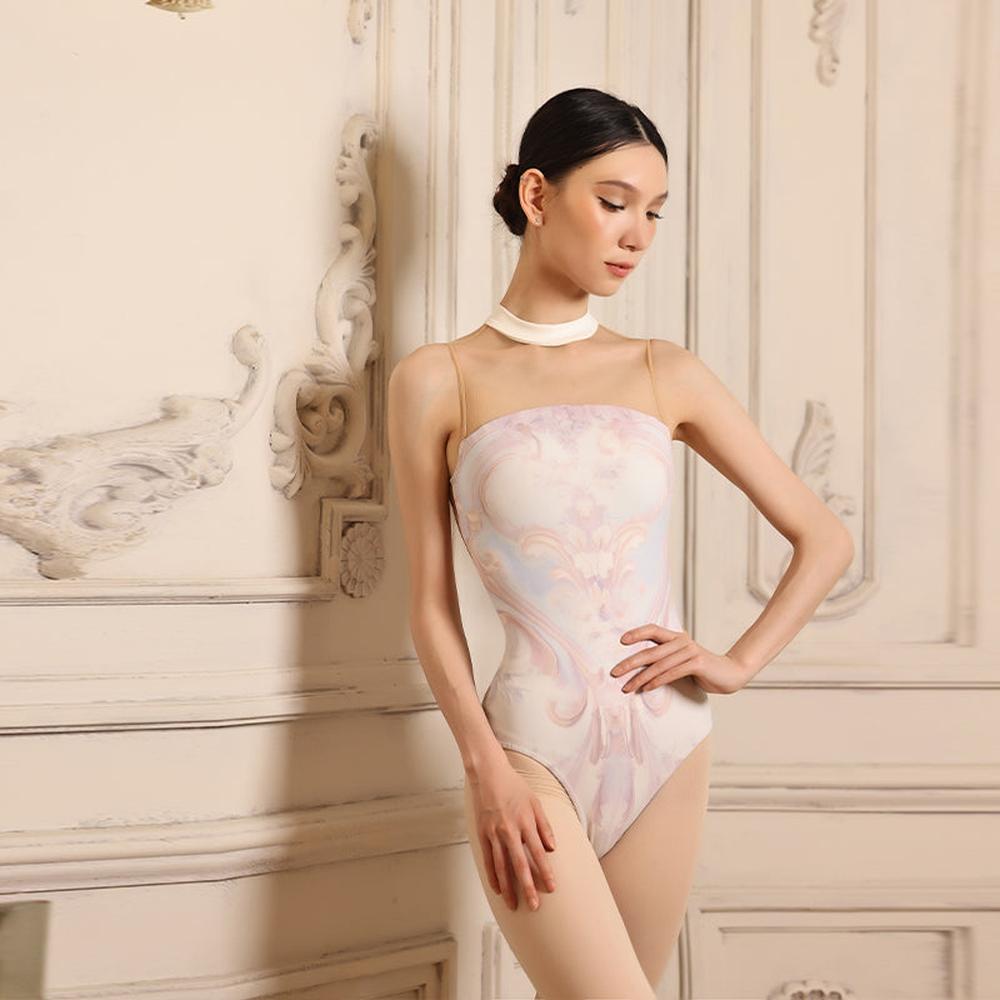
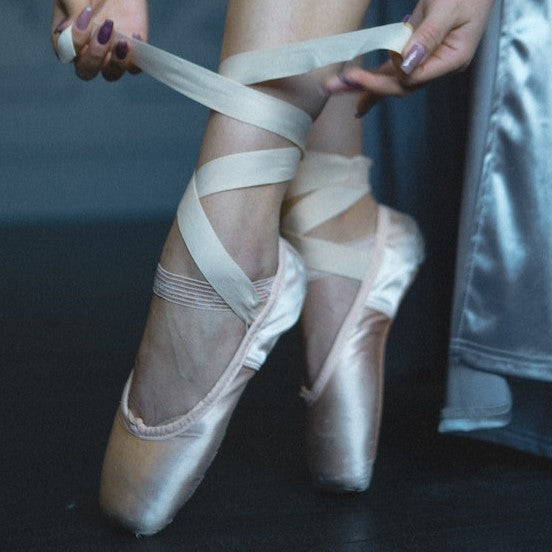

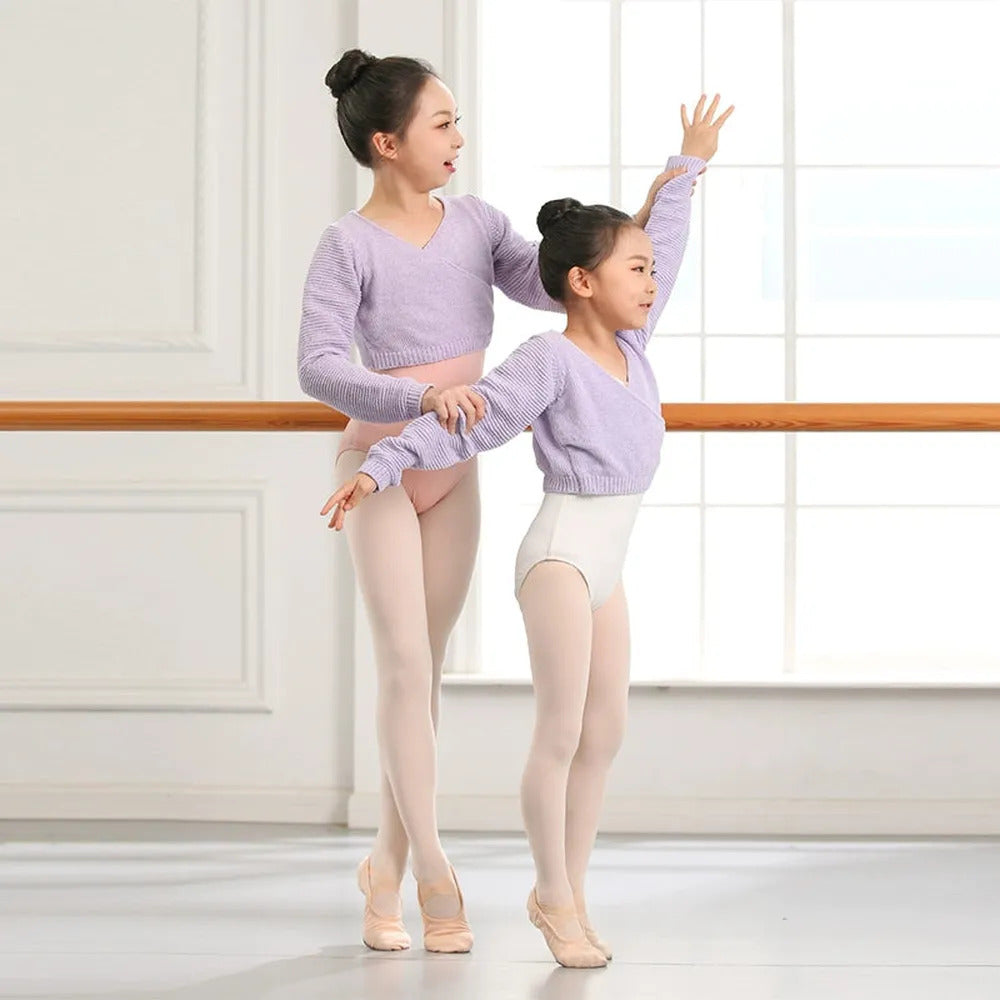

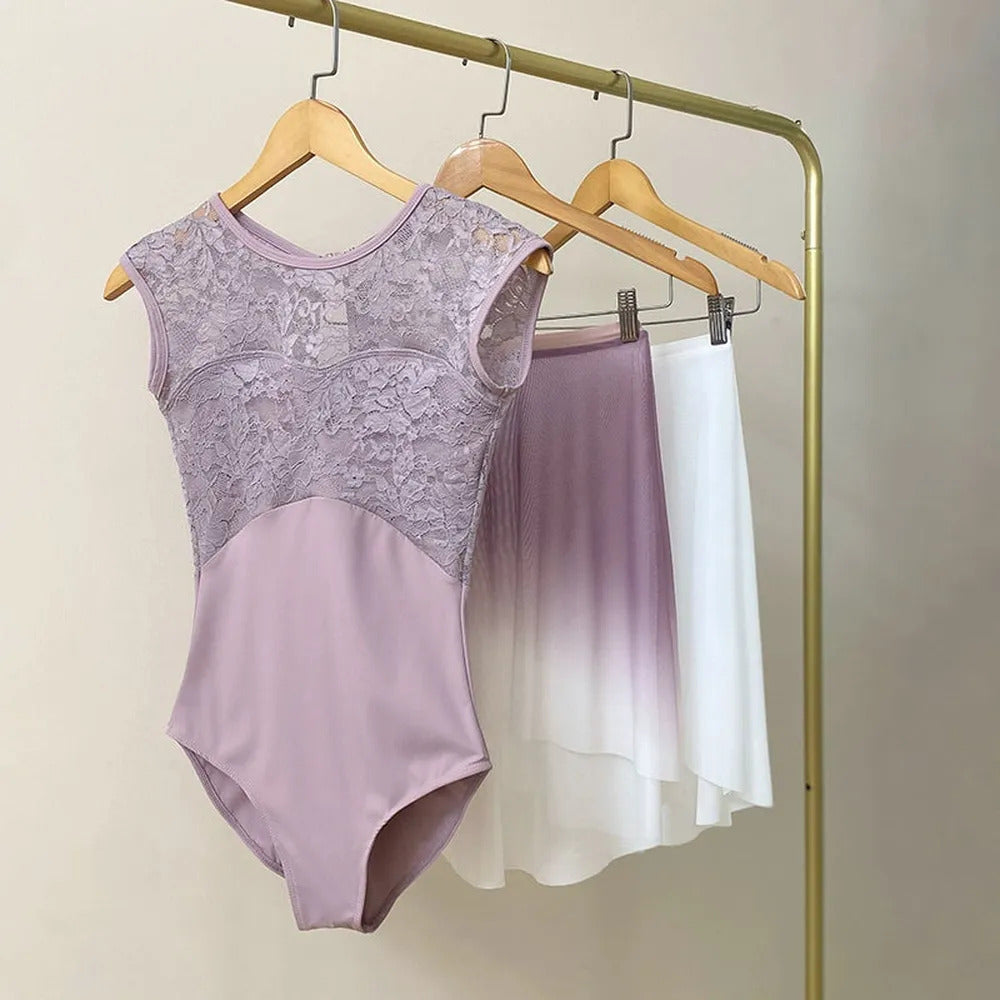

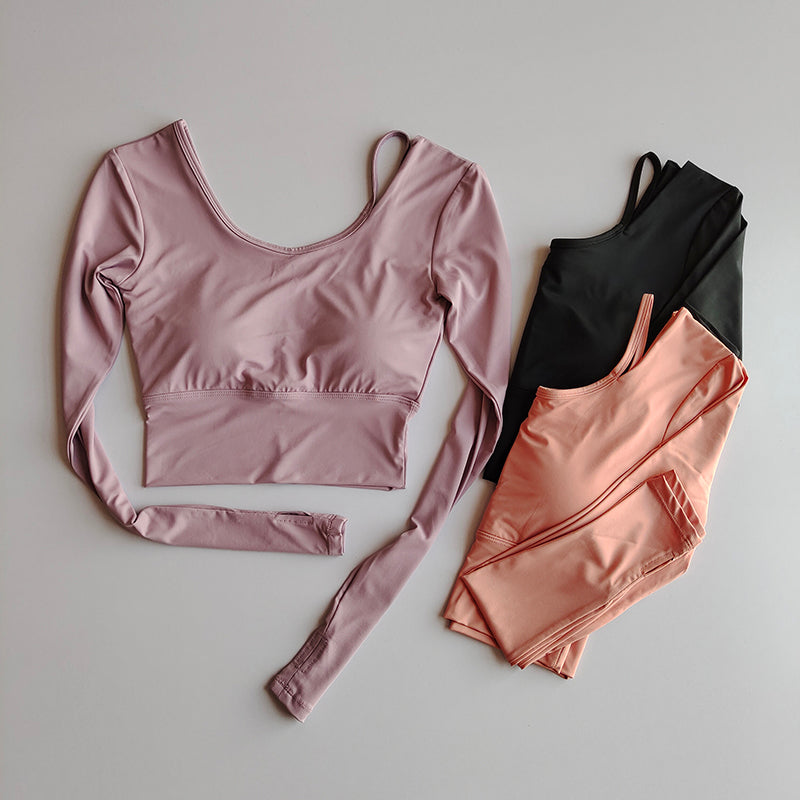
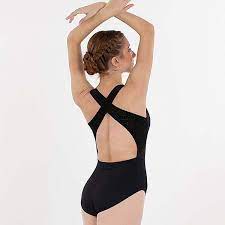

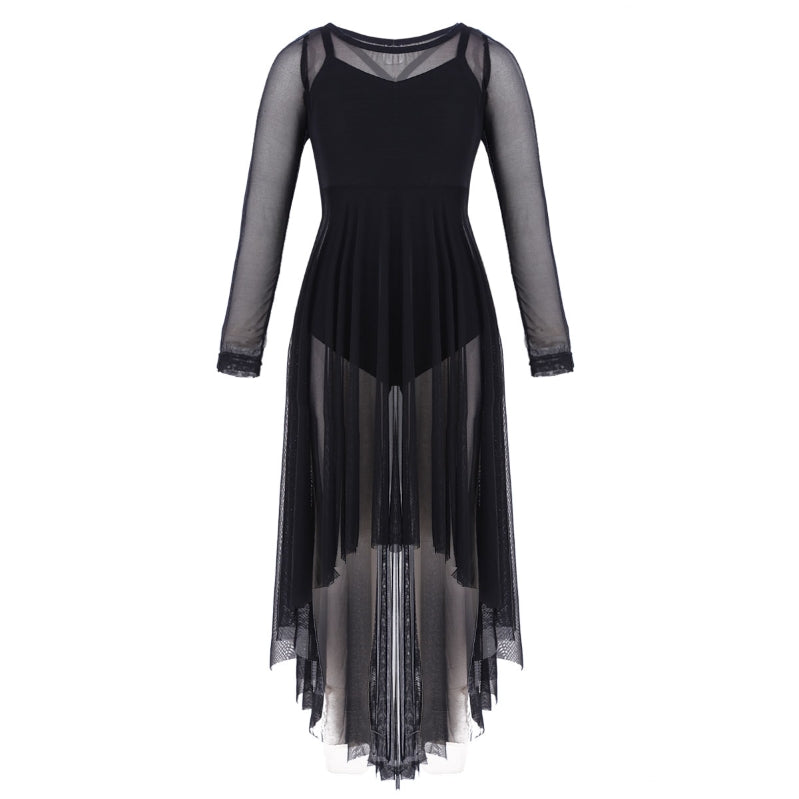
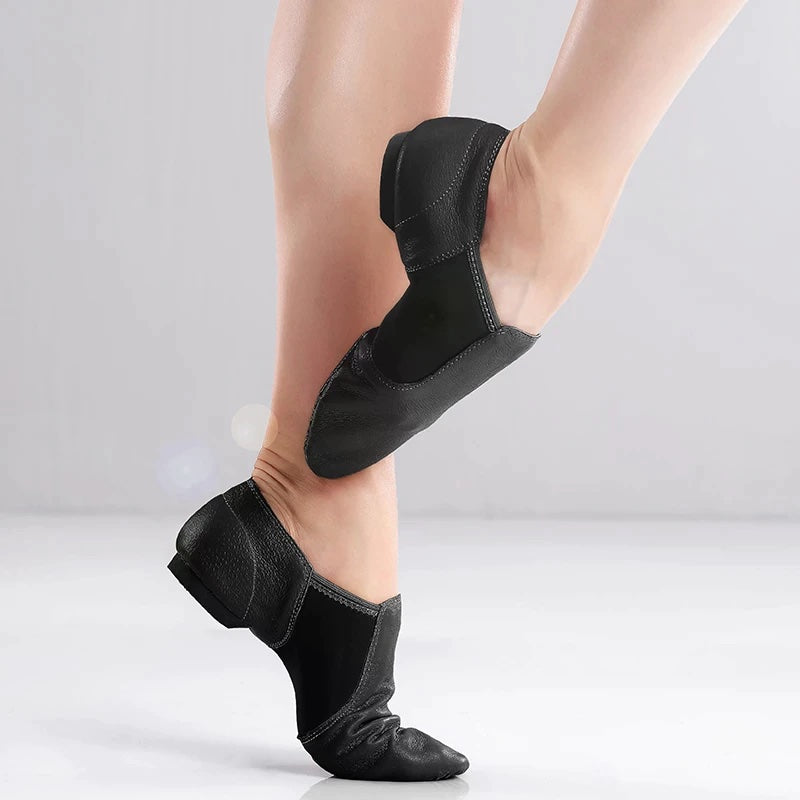
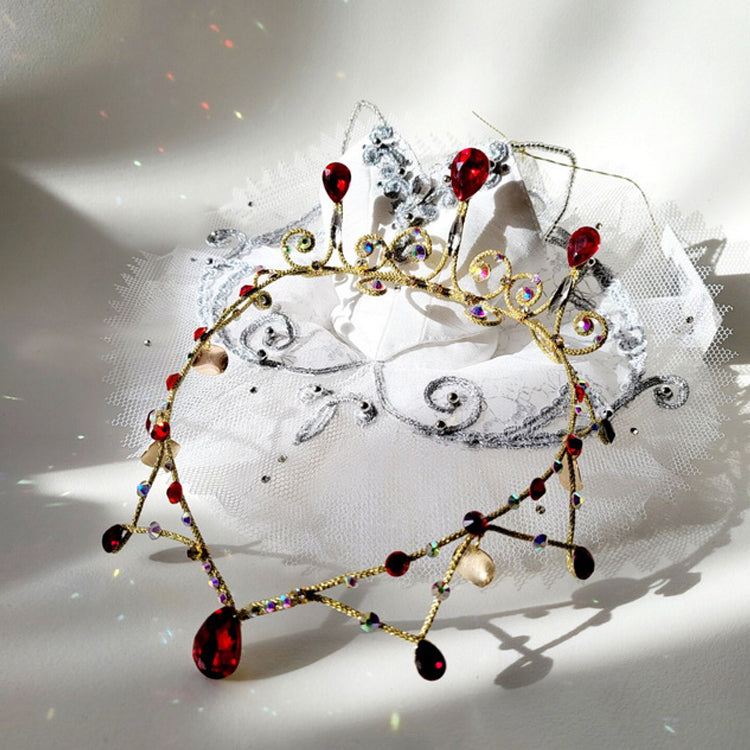
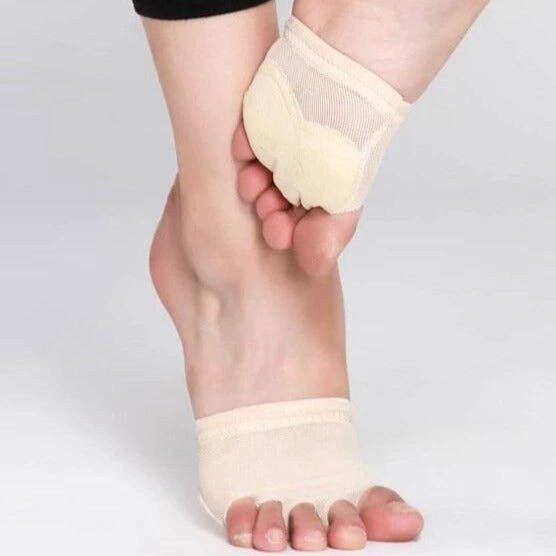

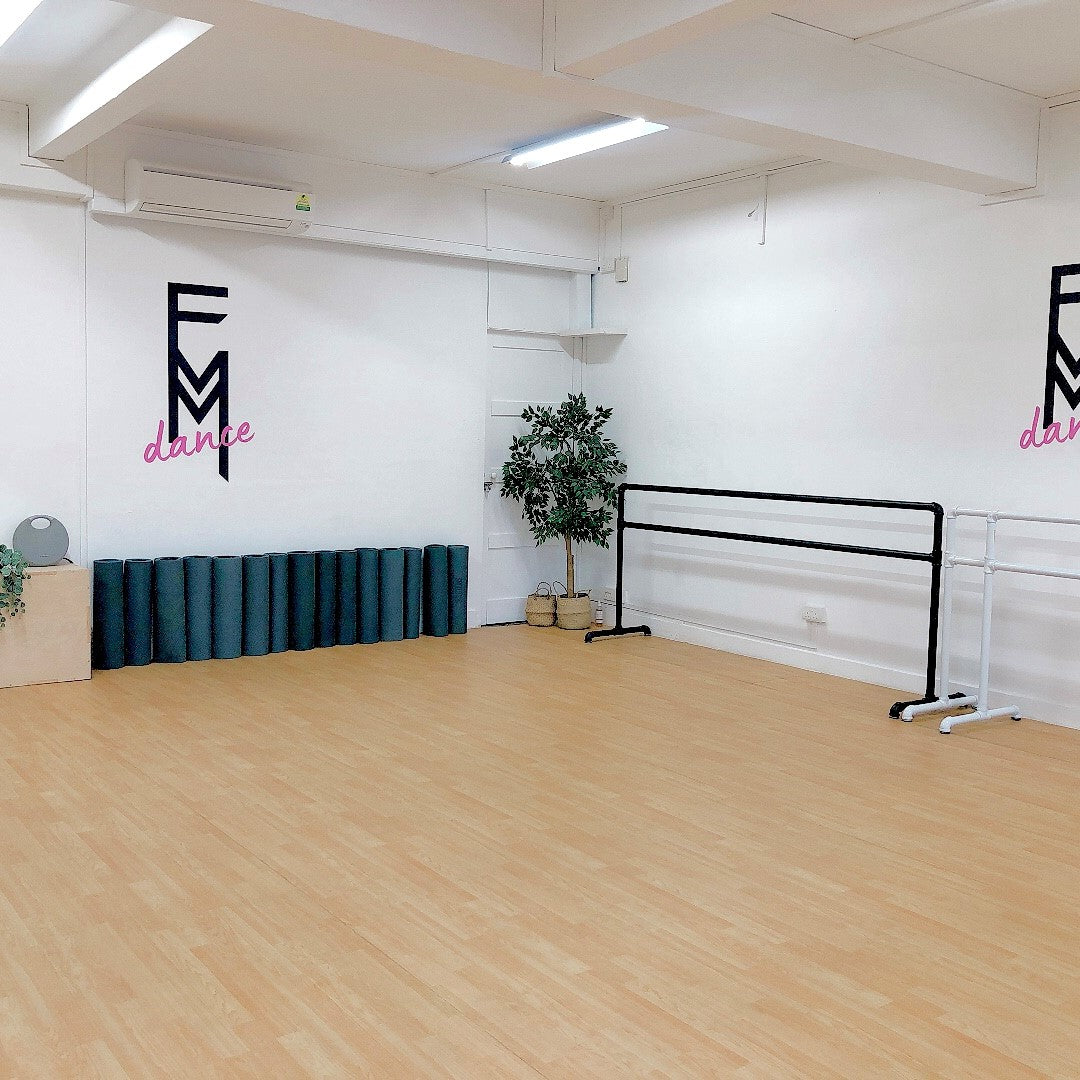

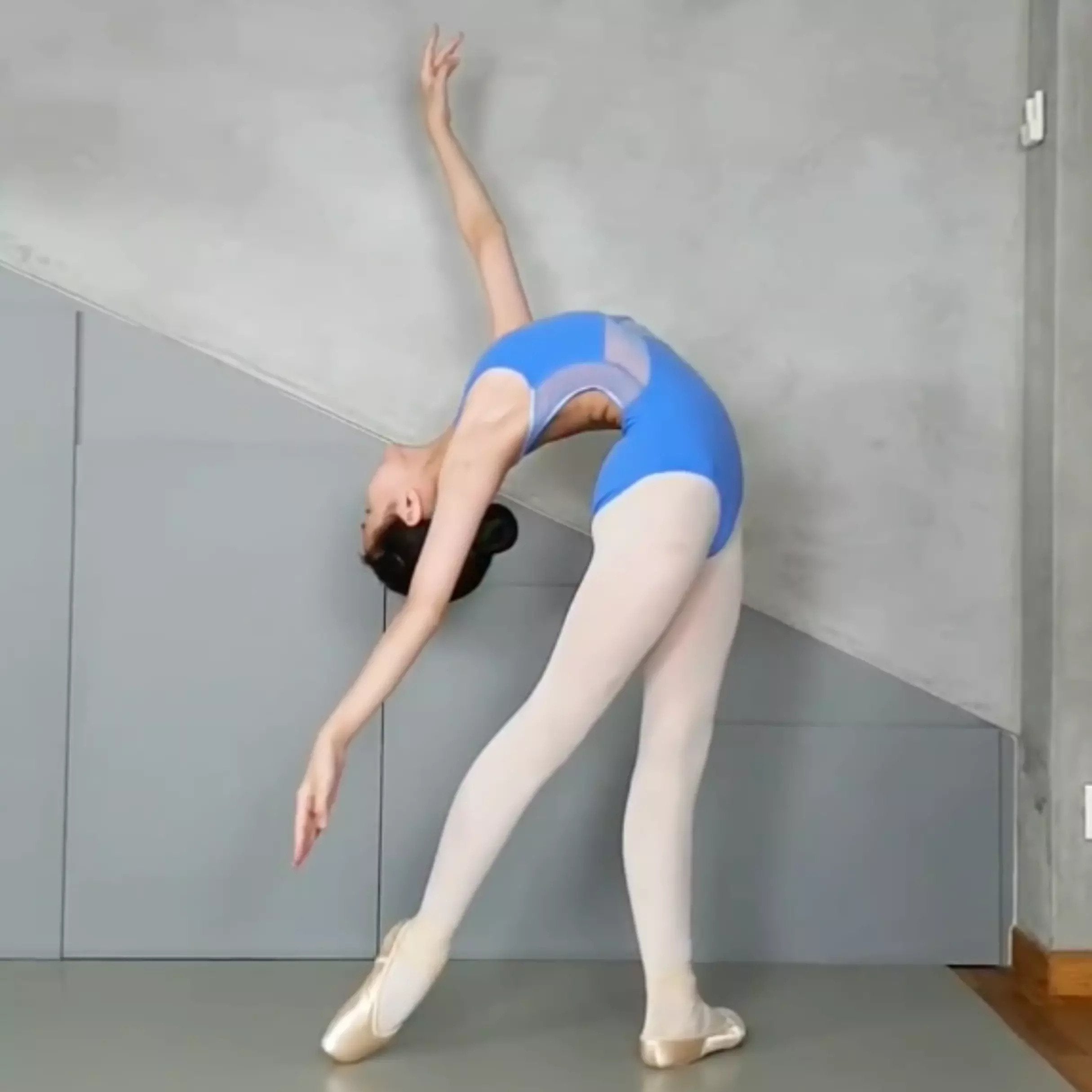
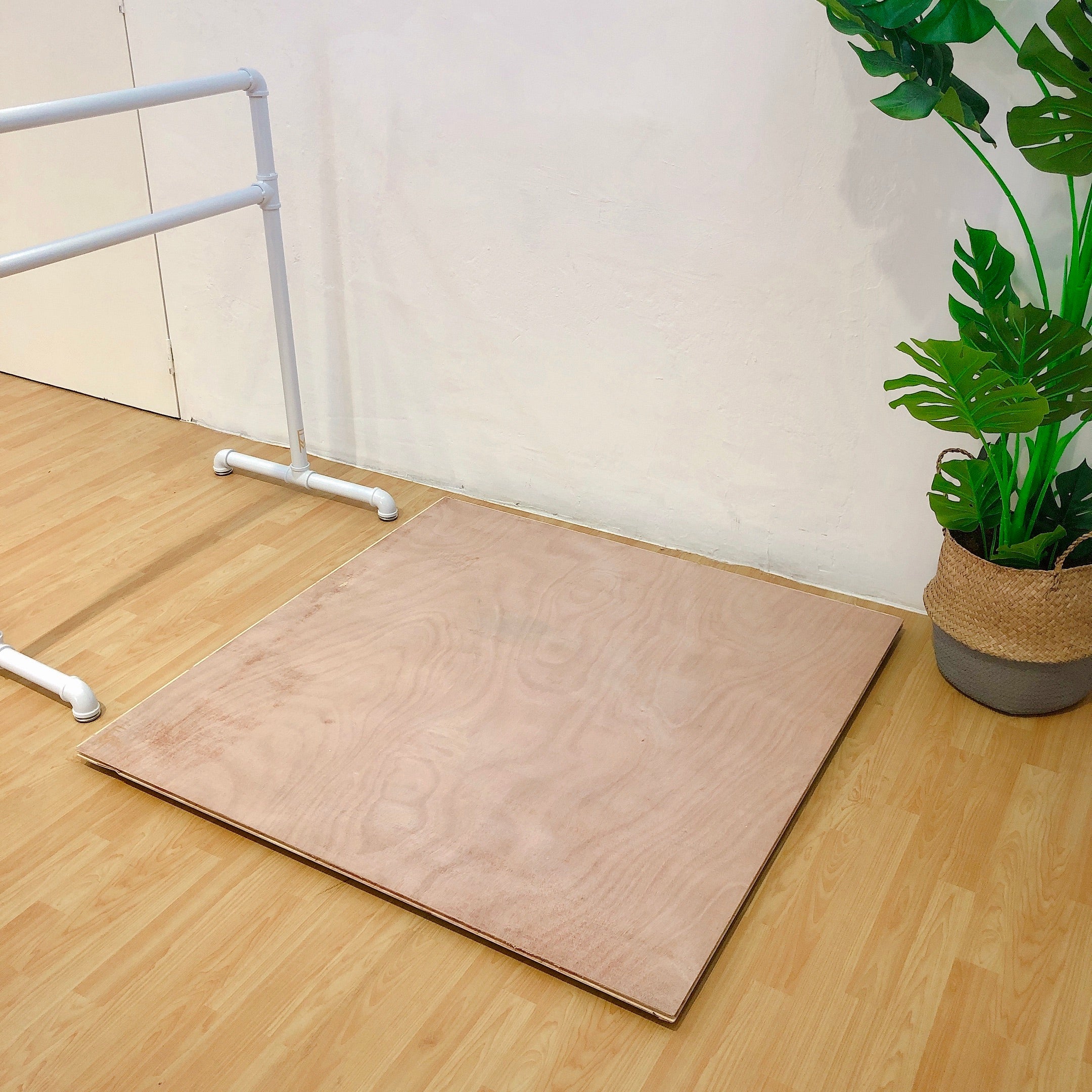


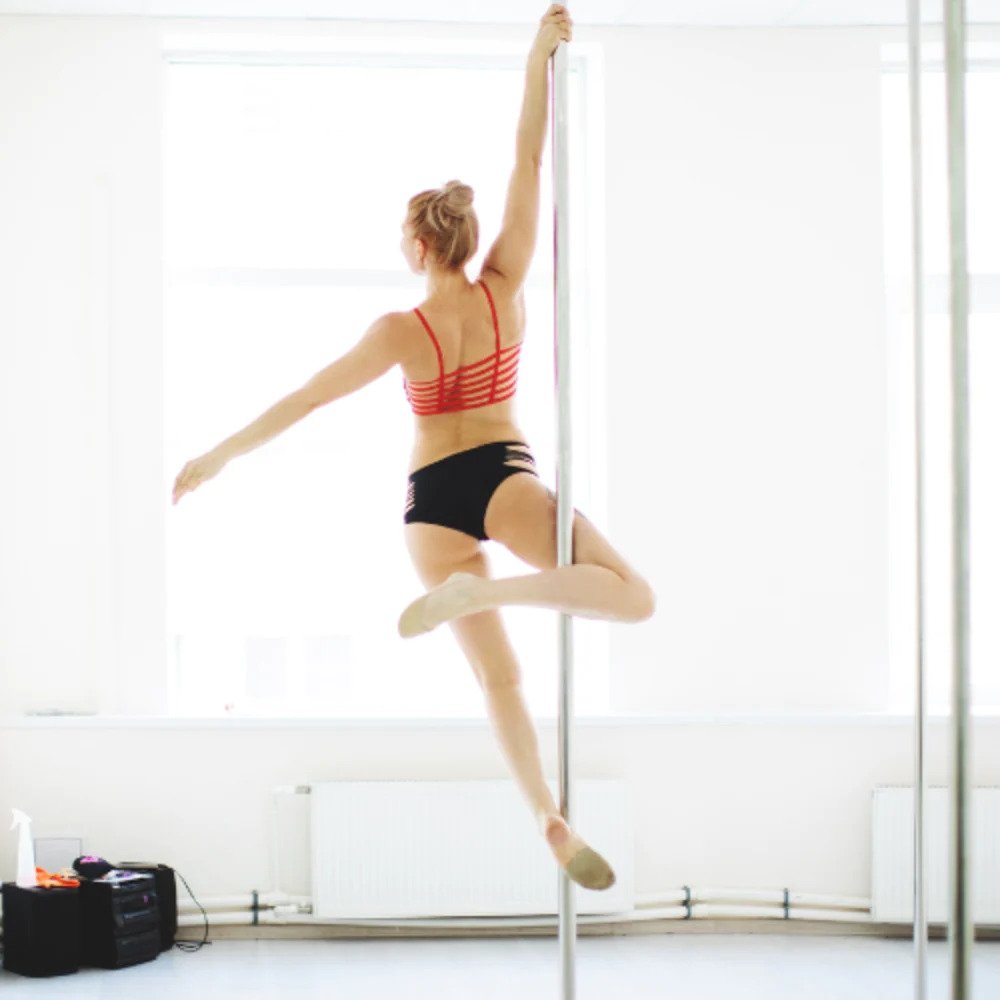
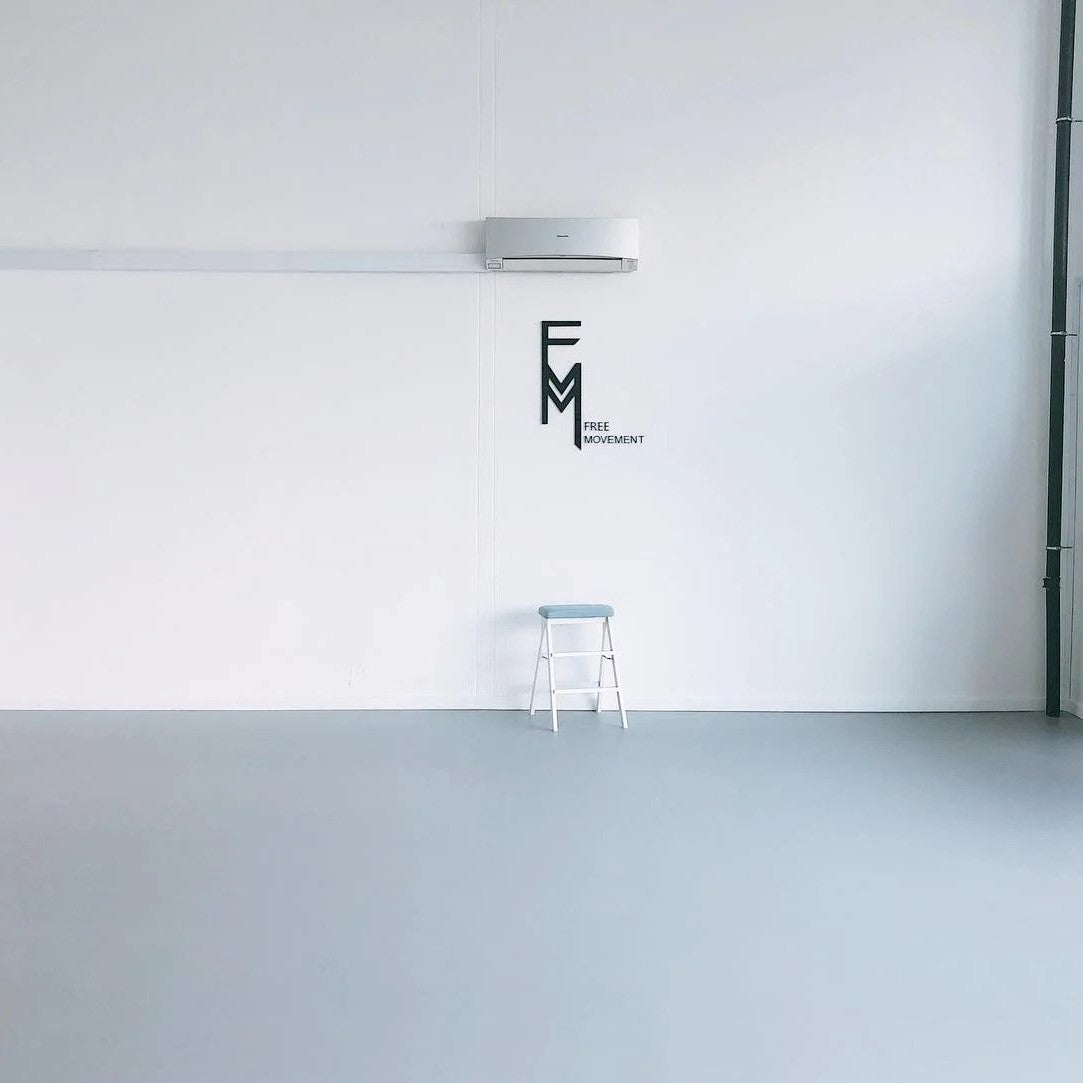

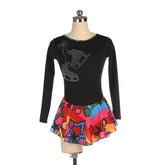

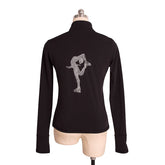
Leave a comment
Please note, comments need to be approved before they are published.